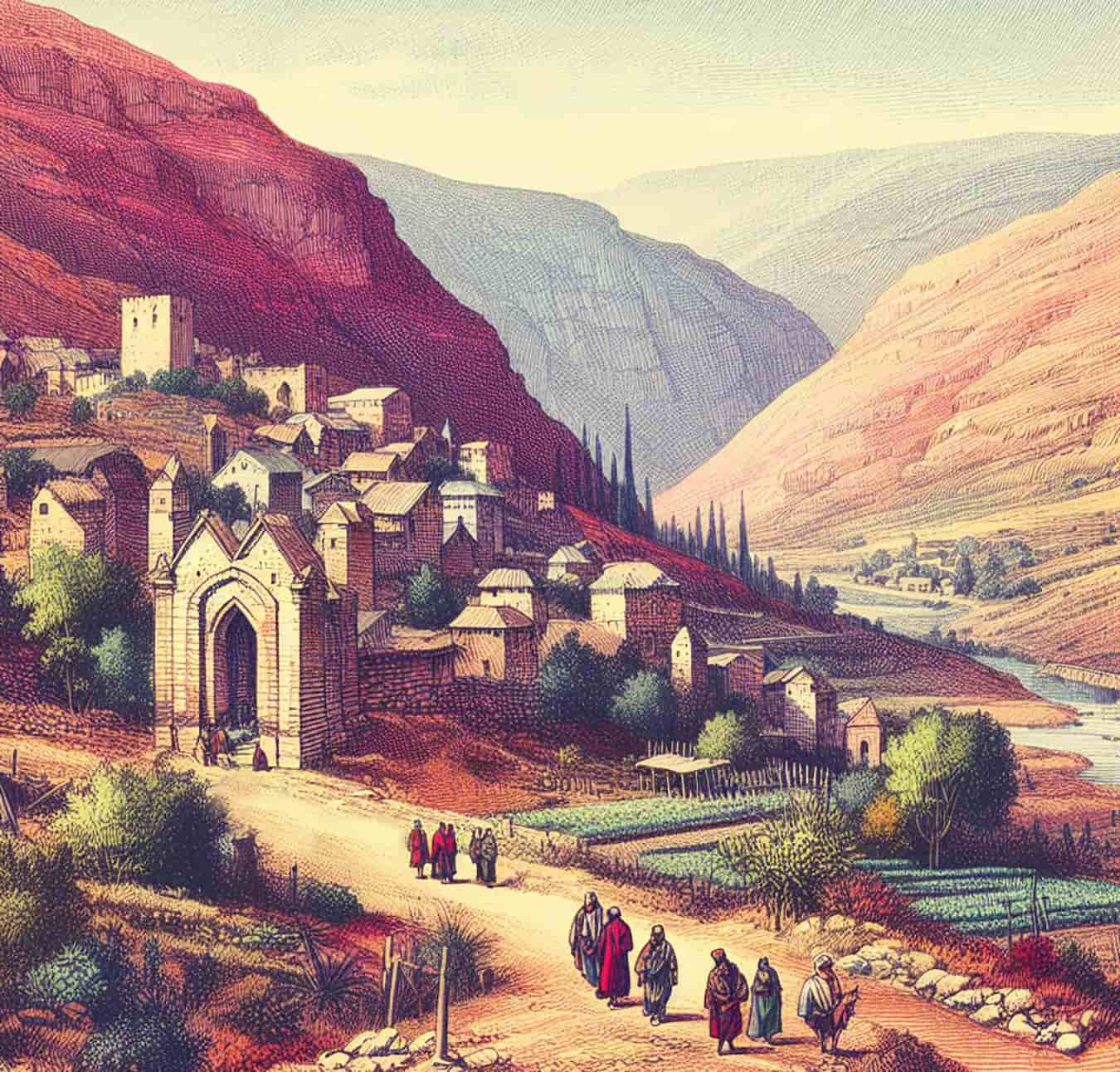Shunem: History and Origin of the Ancient Biblical City
The term "person from Shunem" (Shunammite) is sometimes used interchangeably with "Shulamite," the bride of Solomon.

The term "person from Shunem" (Shunammite) is sometimes used interchangeably with "Shulamite," the bride of Solomon.

